The vision of autonomous delivery systems was once touted as the hallmark of a futuristic society, with fleets of robots buzzing across the skies or rolling through the streets. From sci-fi fantasies to tech conferences, this dream fueled imaginations and spurred innovation. Yet, the reality has proven far more complex. Safety concerns, logistical challenges, and a few unfortunate robot mishaps have cast doubts on the feasibility of these systems, at least in their original form. Nevertheless, these setbacks haven’t dampened the spirit of innovation. Instead, they’ve spurred designers and engineers to reimagine the role and functionality of delivery robots in ways that could harmonize better with our existing infrastructure and urban lifestyles.
Here's ads banner inside a post
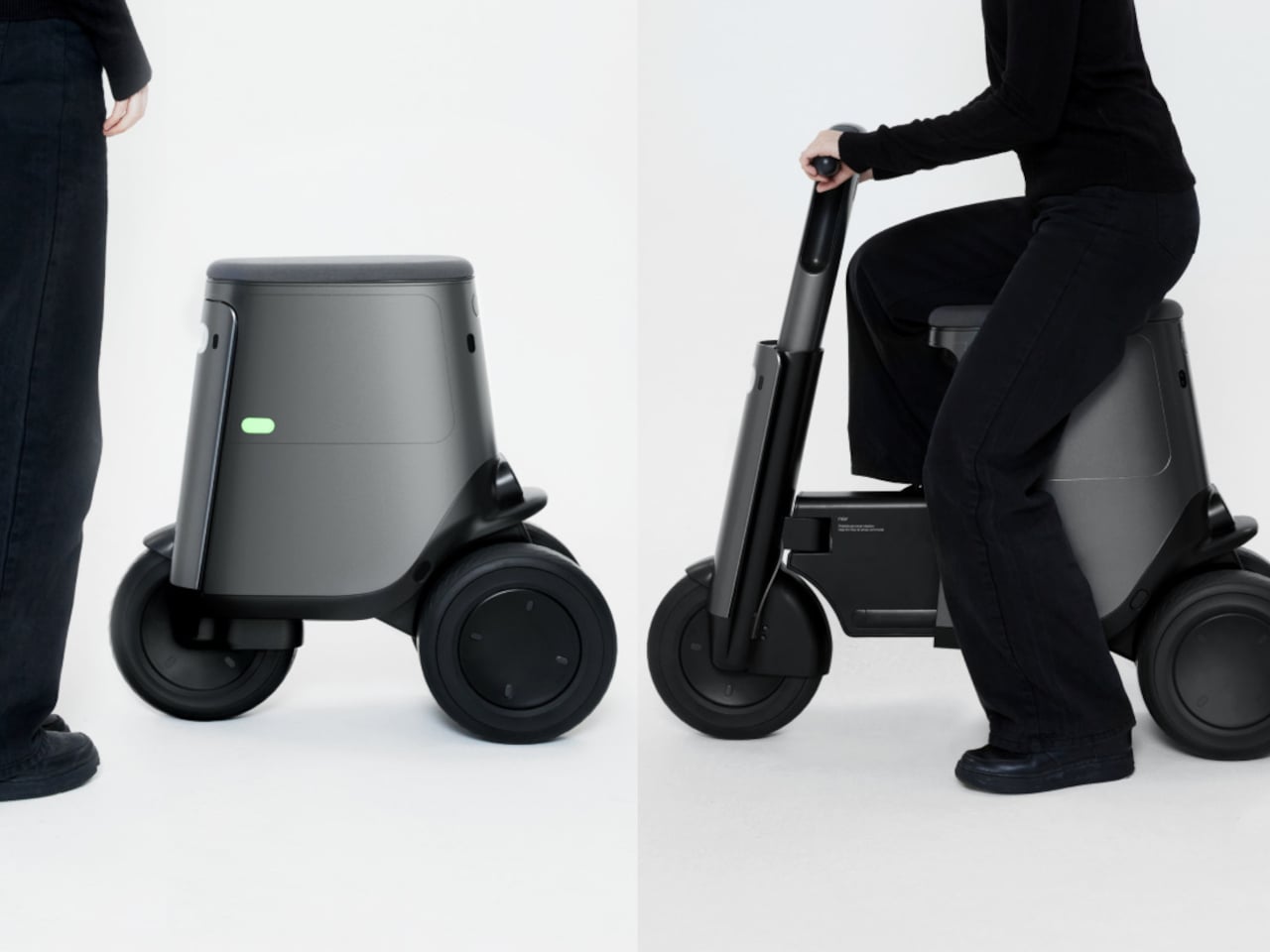
Enter movr, a groundbreaking concept that redefines what a delivery robot can be. Envisioned by designers Chaewon Lee and Jungmin Park, movr transcends the limitations of traditional delivery robots by adding a multi-functional twist. More than just a package courier, it’s a personal companion, a mobile storage device, and even a transport vehicle for individuals. Movr promises to merge practicality with innovation, offering a glimpse into a future where robots seamlessly integrate into our daily lives.
Rethinking Autonomous Helpers
The idea of autonomous delivery robots has always been a double-edged sword. On one hand, they promise unparalleled efficiency, reducing delivery times and costs. On the other, they raise ethical, practical, and security concerns. What happens when a package-laden robot gets stolen or tampered with? What about the livelihoods of human couriers whose roles these robots might replace? These questions have made it difficult for such systems to gain widespread acceptance.
Here's ads banner inside a post
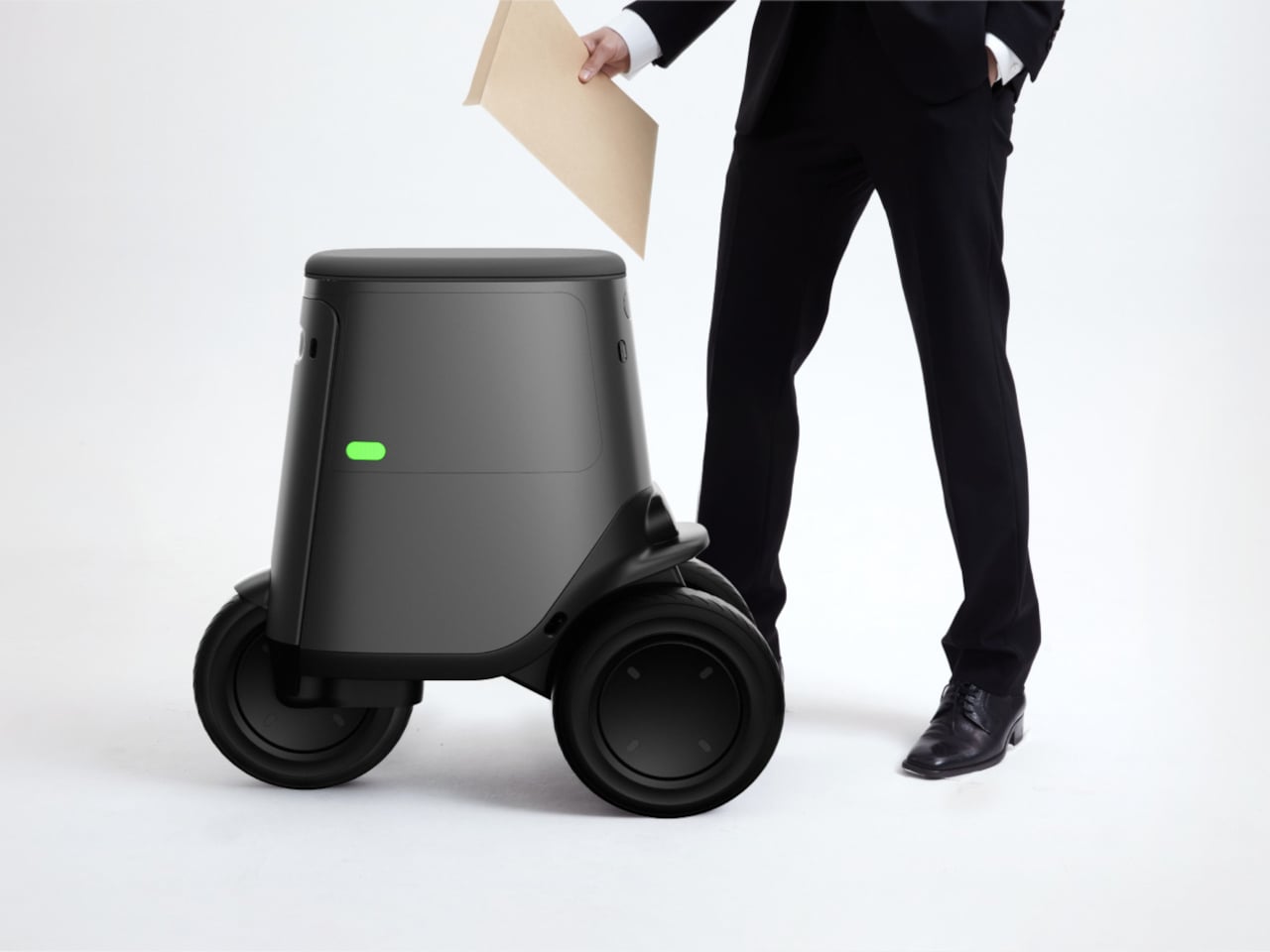
However, movr’s approach sidesteps many of these issues by focusing on enhancing personal convenience rather than entirely replacing human-driven systems. Unlike traditional delivery bots, which are solely tasked with ferrying packages from point A to point B, movr positions itself as a multi-functional tool that assists individuals with various aspects of their day-to-day lives. It’s less of a delivery robot and more of a personal assistant on wheels.
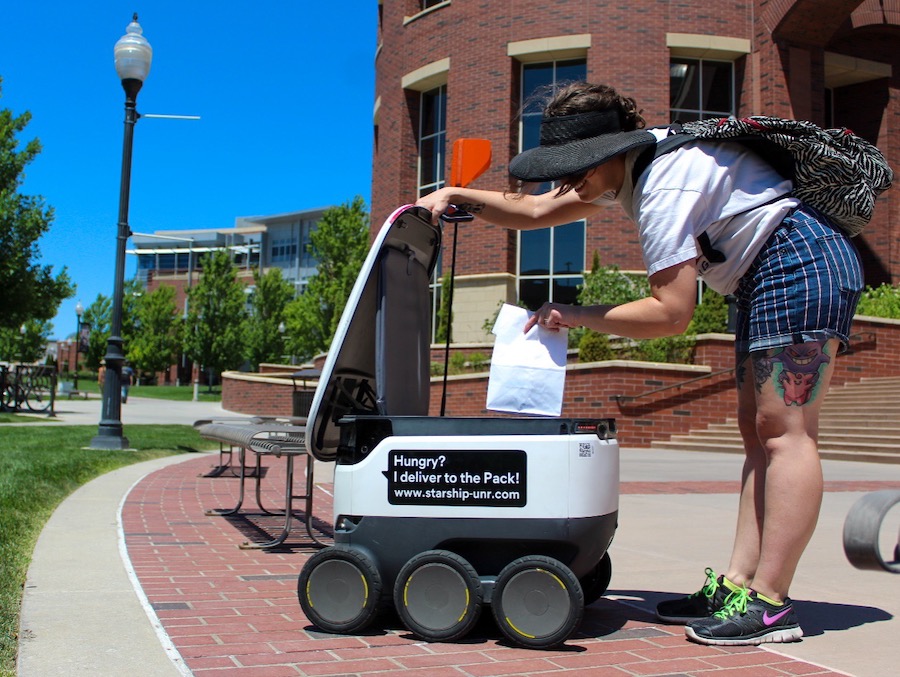
Here's ads banner inside a post
Revolutionary Design for Everyday Use
At first glance, movr’s design might leave you scratching your head. Resembling a compact, three-wheeled mobile trash bin, its aesthetic is a far cry from the sleek drones or futuristic vehicles often associated with autonomous robots. But its unassuming design belies its versatility. Movr features a sliding side compartment that opens up to reveal storage spaces for small items such as phones, drinks, envelopes, or other essentials. This compartmentalized approach ensures that your items are securely stowed and easily accessible.
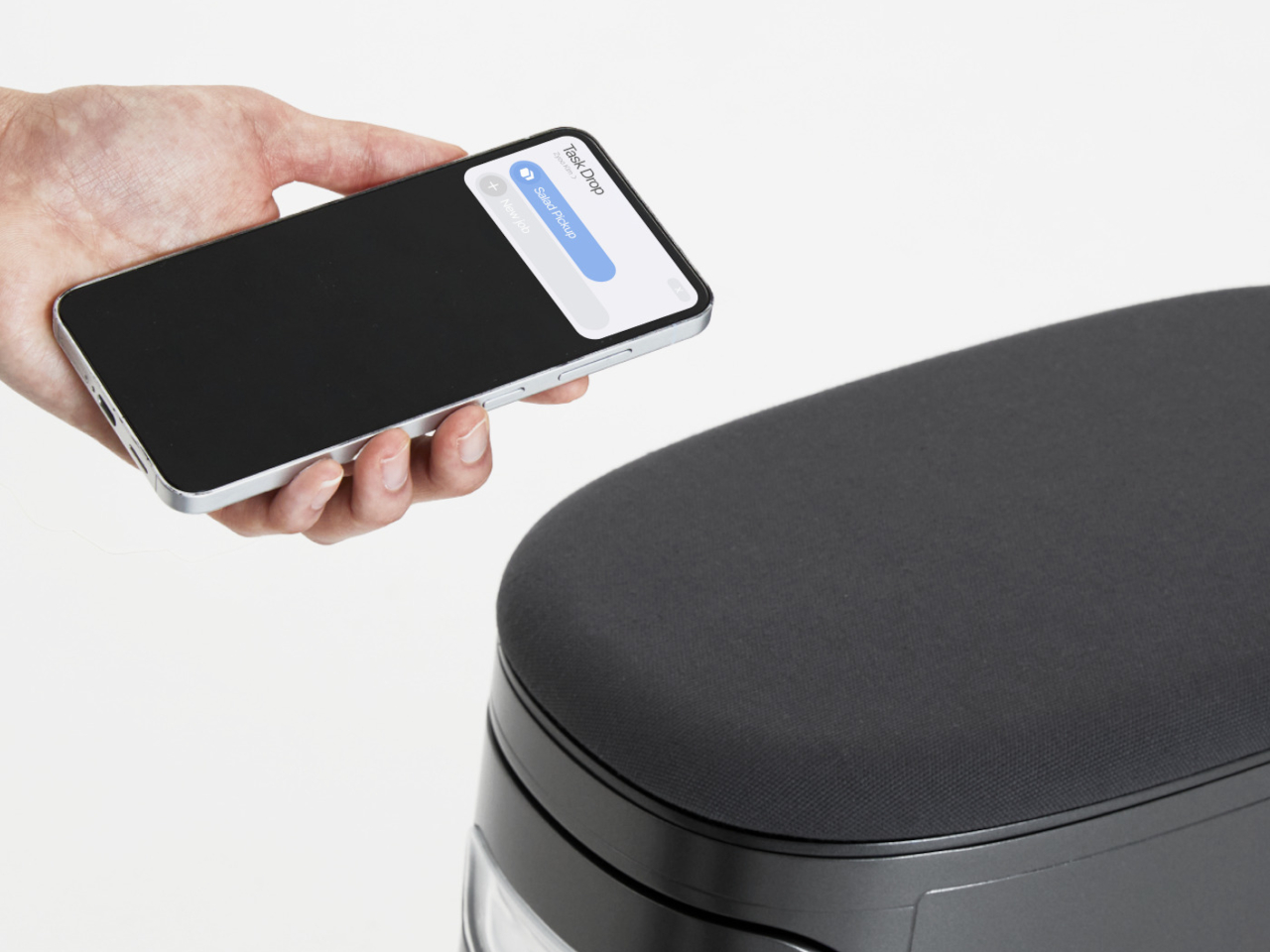
Movr’s functionality is managed through an accompanying app, which allows users to summon the robot, schedule tasks, or dispatch it to deliver packages. Whether you need it to drop off a document to a colleague on the same floor or retrieve your groceries from a nearby store, movr adapts to your needs. It’s like having a ride-hailing service but for your belongings.
A Mobility Solution on Demand
Movr’s real innovation, however, lies in its ability to transform into a personal mobility device. With a few adjustments, this storage robot becomes a compact scooter capable of transporting one person. When activated, movr’s front extends outward to form a base, and handlebars slide up for steering. The robot’s main body becomes a seat for the rider, accommodating both the individual and their belongings.
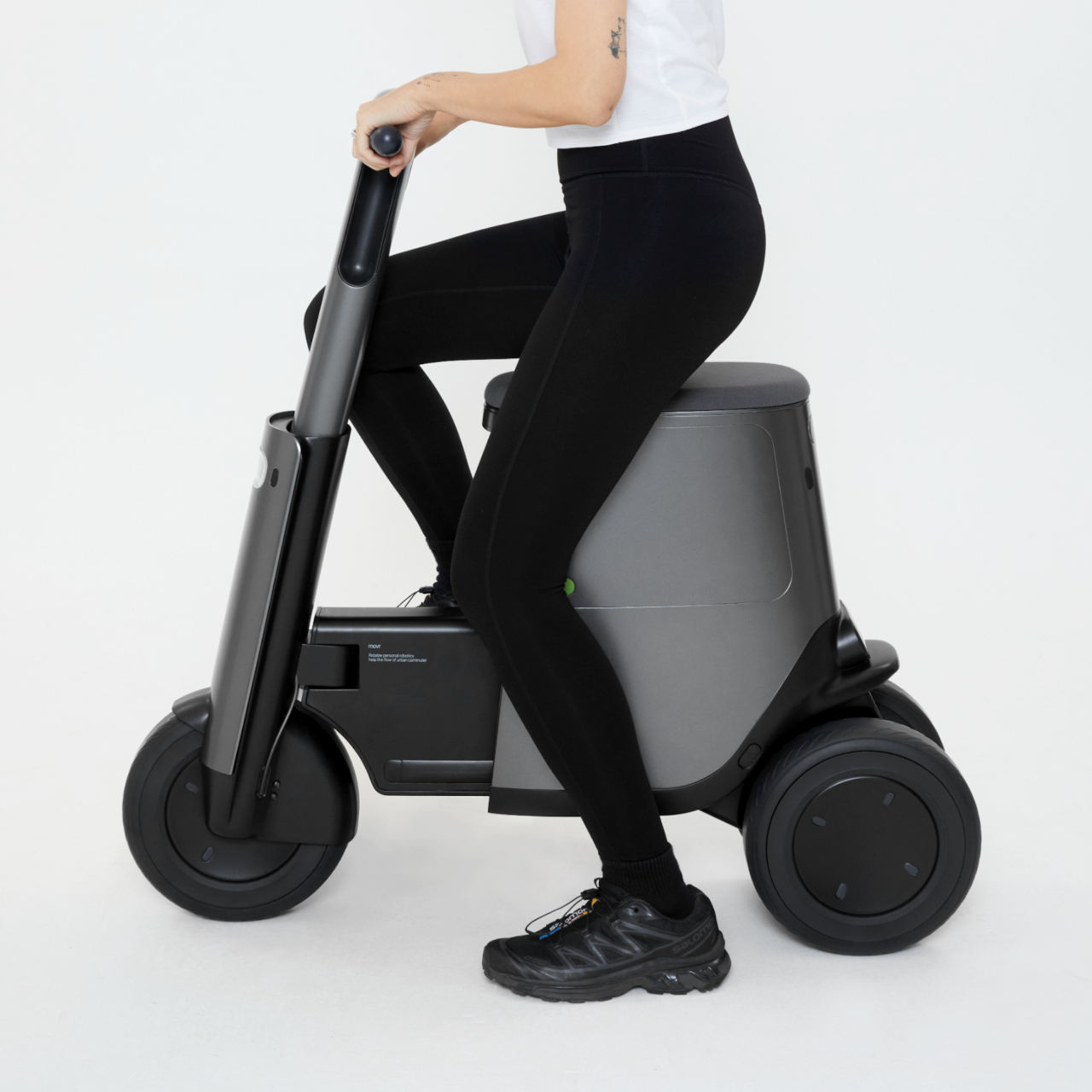
This dual functionality sets movr apart from other delivery robots. It isn’t just a courier; it’s also a mobility solution. Imagine running late for a meeting across campus—instead of walking, you simply hop onto movr, which swiftly takes you to your destination. For urban residents juggling multiple errands, movr could be a game-changer, offering both convenience and efficiency.
Overcoming Real-World Hurdles
Despite its promising concept, movr faces several hurdles on its path to becoming a reality. Designing a robot that can transition seamlessly between being a delivery device and a personal transport vehicle is no small feat. Stability is a significant concern, particularly when carrying both a rider and cargo. Movr’s compact design will also need to accommodate powerful batteries to ensure long operating times, as well as advanced sensors and AI for navigation and safety.
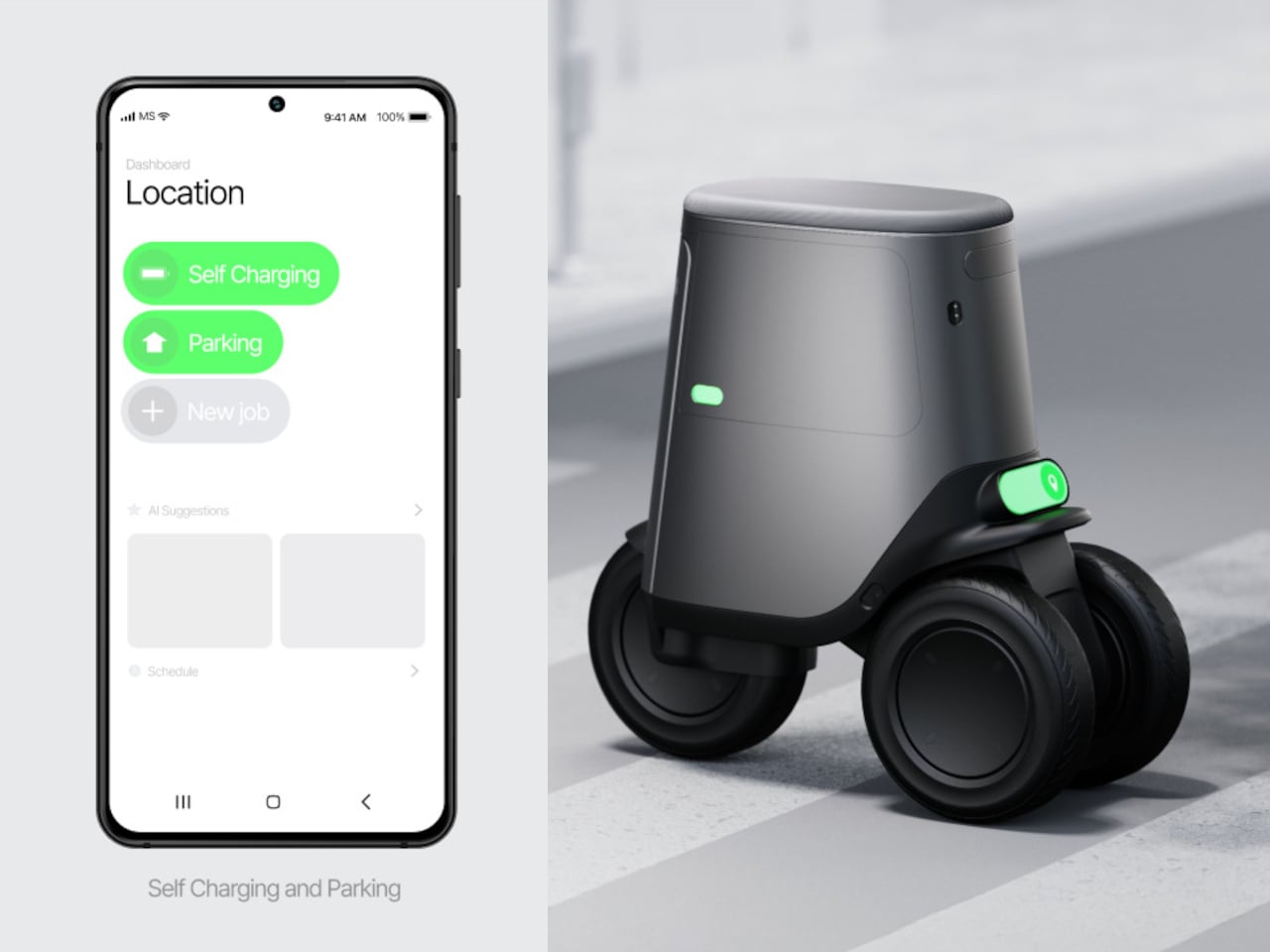
Speed is another critical factor. While movr doesn’t need to compete with high-speed electric scooters, it must still move swiftly enough to remain practical in urban settings. Its intelligence and autonomy will also need to be top-notch, capable of avoiding obstacles, navigating crowded spaces, and ensuring passenger safety.
Then there’s the matter of cost. High-tech robots like movr often come with hefty price tags, which could make them inaccessible to the average consumer. Scaling production and finding cost-effective solutions will be essential for movr to move beyond concept stages.
Bridging Gaps in Urban Living
Movr represents a bold step forward in the evolution of personal robotics. By blending delivery capabilities with personal mobility, it offers a vision of how technology can be designed to serve multiple purposes, reducing waste and maximizing utility. The idea of transforming robots isn’t entirely new—it’s been a staple of sci-fi lore and engineering dreams for decades. However, movr takes this concept and grounds it in practical, everyday use cases.
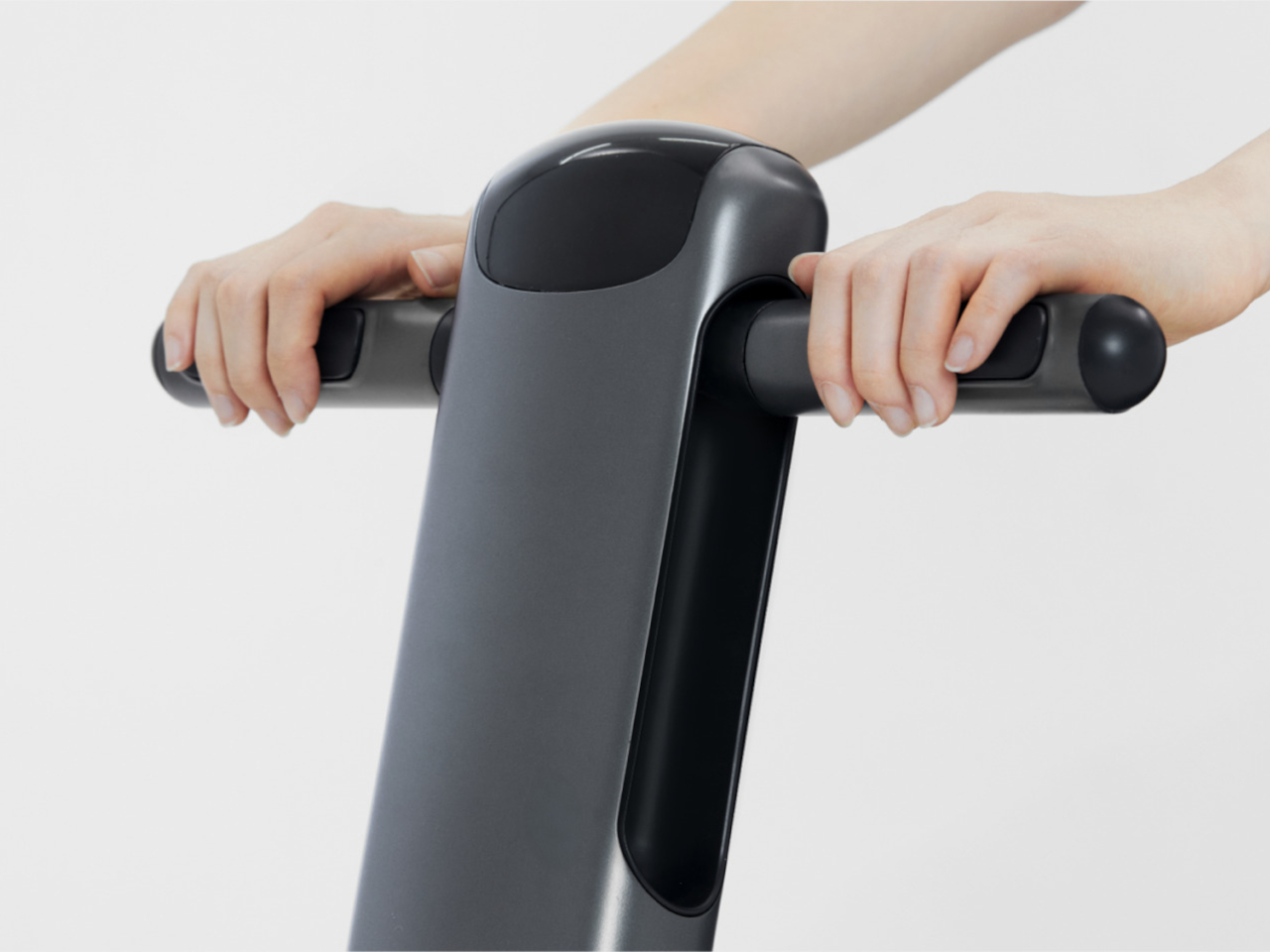
In a future where urban spaces become increasingly crowded, devices like movr could play a vital role in easing transportation challenges while maintaining a small environmental footprint. Its compact size and dual functionality could reduce the number of vehicles on the road, contributing to less congestion and lower emissions. Moreover, movr’s focus on personal convenience ensures that it enhances, rather than disrupts, existing systems and lifestyles.
Imagining Tomorrow’s Technology
While movr remains a concept, it’s a compelling glimpse into the potential of robotics. It highlights the importance of multi-functionality in design, particularly in a world where space and resources are at a premium. Movr’s promise isn’t just about efficiency; it’s about creating technology that seamlessly integrates into our lives, making tasks easier and more enjoyable.
As engineers and designers continue to push the boundaries of what’s possible, concepts like movr remind us that the future doesn’t have to be dominated by single-purpose machines. Instead, it can be a world where technology adapts to us, offering solutions that are as dynamic and versatile as the lives we lead. Whether movr transforms from idea to reality remains to be seen, but one thing is certain: it’s ideas like these that keep the dream of a truly futuristic society alive.

